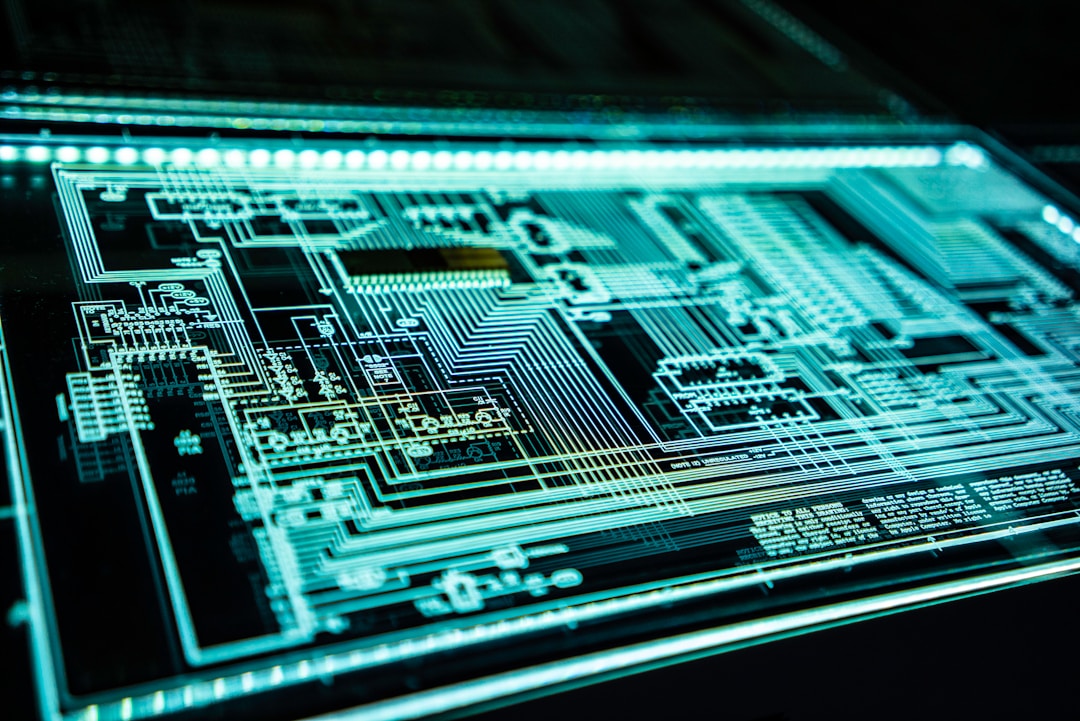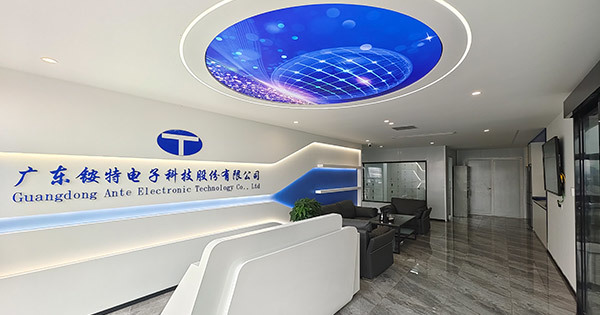Breaking Tariff Barriers: How Chinese PCBA Manufacturers Can Partner with U.S. Contract Assemblers to Win the Market
U.S.-based companies face increasing cost pressures and supply chain challenges due to tariffs on Chinese goods. Partnering with experienced Chinese PCBA manufacturers provides a practical opportunity to optimize supply chains, reduce costs, and access advanced electronics expertise. By having high-quality PCBAs produced in China and completing final assembly in the U.S., American partners can enjoy tariff advantages, faster delivery, and stronger market competitiveness. This cross-border collaboration creates a win-win scenario, combining Chinese manufacturing efficiency with local assembly convenience and market insight.
Aug 16,2025
U.S. companies are navigating a complex trade environment with tariffs increasing the cost of importing finished electronics from China. Instead of investing in costly U.S. factories, partnering with Chinese PCBA manufacturers offers a flexible, low-risk alternative.
Chinese PCBA manufacturers excel in engineering, prototyping, cost efficiency, and small-batch production. By leveraging these strengths for core PCB production while completing final assembly, integration, and packaging in the U.S., American partners can gain multiple advantages:
-
Tariff Reduction – Completing final assembly locally reduces exposure to import tariffs.
-
Faster Market Response – Local assembly shortens lead times and allows quicker adaptation to customer demands.
-
Access to Advanced Expertise – U.S. partners benefit from Chinese manufacturers’ engineering and manufacturing know-how.
-
Shared Value Creation – Combining cost-effective Chinese production with U.S. local assembly expertise creates mutual growth and strengthens competitive positioning.

This hybrid model allows U.S. companies to maintain supply chain flexibility, improve delivery speed, and mitigate tariff impact without heavy upfront investment. Allowing Chinese PCBA manufacturers to focus on what we do best—delivering high-quality, cost-effective, and flexible electronics production—while leveraging U.S. partners to complete the final steps that unlock tariff advantages and customer confidence.
Ultimately, this strategy is not only about avoiding tariffs; it is about building a more resilient and globally integrated supply chain. By collaborating across borders, Chinese and American companies can turn trade friction into cooperation opportunities, preserve competitiveness, and jointly deliver innovative electronic products to the market.
With tariffs “close at hand” and U.S. factory investment “far on the horizon,” the PCBA + U.S. contract assembly model stands out as the pragmatic, just-right solution for today.
About Us
Onte Electronic Technology is a China-based PCBA manufacturer specializing in industrial control, medical devices, and communication equipment. With capabilities in rapid prototyping, small-batch production, and strict quality and traceability systems, we serve global clients with reliable, high-performance electronic manufacturing services.
We welcome cooperation with U.S. contract manufacturers, system integrators, and local partners to jointly explore new supply chain models that reduce tariff impact, improve efficiency, and create long-term mutual value.












